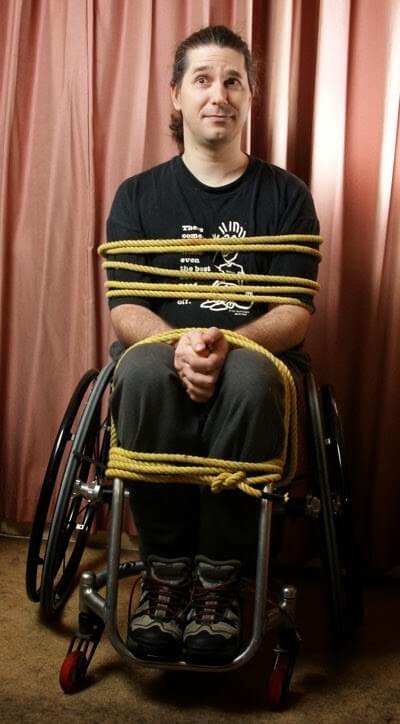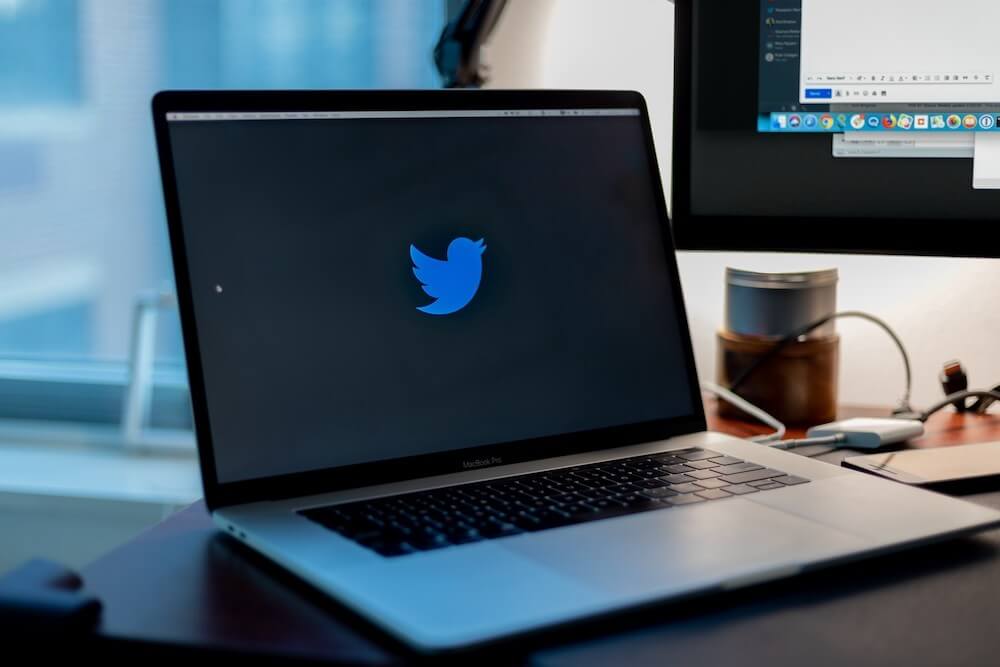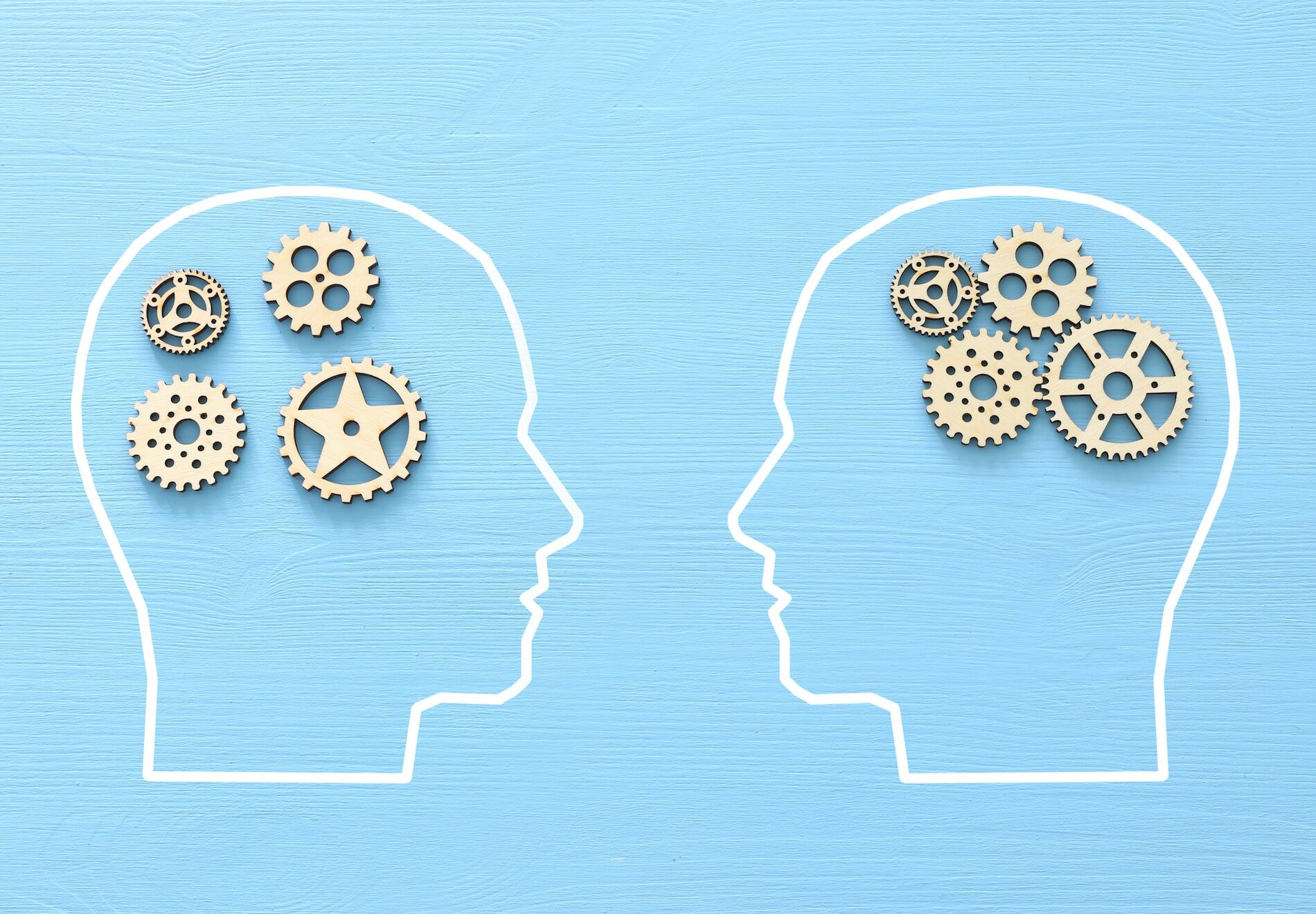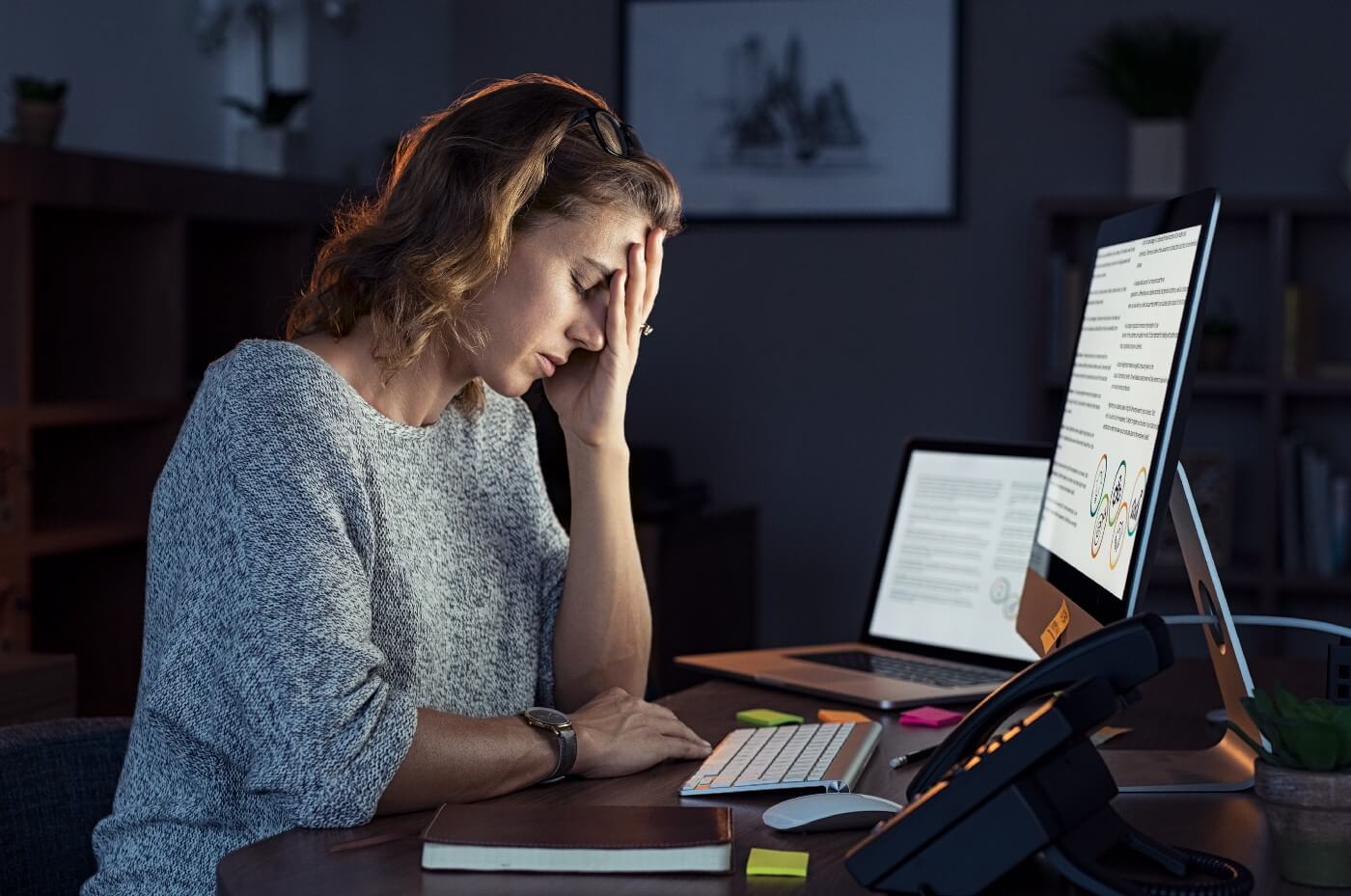The phrase is still in widespread use and needs to be banished, just like the “r” word If you’re not disabled and you don’t have the lived experiences of your colleagues with disabilities, there’s a non-zero chance you’re going to…
Twitter and Inaccessible “Voice Notes”
I am so <bleeping> over apologies from companies for ableist behavior. Once upon a time (in tech, this is maybe 2–3 years ago), Twitter actually cared about accessibility. For a while, they were the preferred social media platform for people…
No, you are not entitled to pick my brain for free
I am under zero obligation to provide you a “teachable moment” An acquaintance of mine posted on LinkedIn that her company had recently joined a leadership organization on disability. I was intrigued, so I clicked on the link to see…
Post-COVID employment changes that will benefit everyone, but especially people with disabilities
Who wants to “go back to normal” when “normal” wasn’t so hot anyway? I’ve been accused of being a glass half-empty kind of person, but I have a good reason for how my personality was shaped. I spent 25 years…
People with disabilities will remember your words and actions when COVID-19 is over
Inactions count as well. In the words of Geddy Lee — when you choose not to decide, you still have made a choice As I write this article, we are 5–10 weeks into the COVID-19 crisis, depending on what you…
Disability inclusive workplaces
Most diversity / inclusion articles don’t include disability. Here are things you need to consider to succeed at disability-related inclusion HBR recently published an article called 5 Strategies for Creating an Inclusive Workspace. And while the article is brilliant for addressing…
To Disclose, or not to Disclose
That really is the question. And one lived by people with disabilities on a VERY regular basis when interviewing This article is not legal advice. If you have questions about how disclosing a disability can impact you legally, ask your…
A Happy Accessibility Article
Accessibility isn’t punishment, it is about helping others so they can do all the things people without disabilities take for granted A lot of accessibility articles (mine included) are negative and/or depressing. On any given day, at least half of…
The True Cost of Disability
In the middle of a stream of accessibility conferences, I have given a lot of thought over the past two weeks about what it means to be disabled. When I was a young child, I didn’t understand that I was…
Diversity Managers — Here’s what you need to know about Disabilities
When I start a new contract or job, one of the first meetings I pursue is with the Chief Diversity Officer. I am in the middle of completing the Cornell Diversity and Inclusion Certificate program. I go for four days about once…








